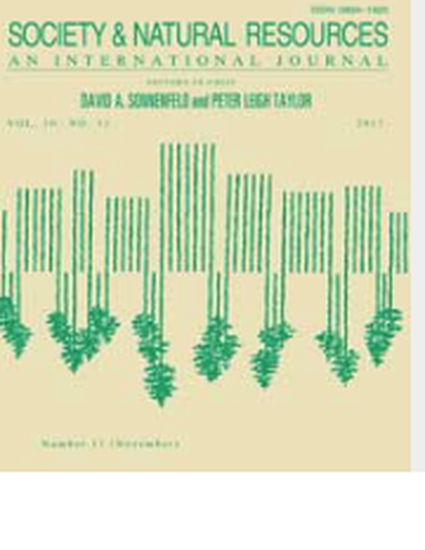
Article
Policy Drivers of U.S. Wetland Conversion Rates, 1955–2009
Society & Natural Resources
(2017)
Abstract
While conversion of wetlands to nonagricultural purposes has persisted, the five U.S. national wetland inventory reports spanning 1955–2009 show a large decline in the rate of conversion of wetlands for agriculture, especially from the mid-1970s to the mid-1990s. Through regression and path analysis, this study identifies primary policy and economic drivers of this decline in wetland conversions. The Clean Water Act §404 is strongly and negatively related to conversion rates. Crop prices affect wetland conversions both directly, by influencing returns to investments for conversion, and indirectly, by influencing Conservation and Wetland Reserve Program enrollments as well as the regulatory impact of Swampbuster. Along with the proportion of wetlands remaining, these factors explain 90–94% of the annual variation in total wetland conversions, agricultural conversions, and conversion of forested and emergent wetlands.
Disciplines
Publication Date
2017
DOI
https://doi.org/10.1080/08941920.2016.1196279
Citation Information
Christopher L. Lant. "Policy Drivers of U.S. Wetland Conversion Rates, 1955–2009" Society & Natural Resources Vol. 30 Iss. 1 (2017) p. 16 - 30 Available at: http://works.bepress.com/christopher_lant/167/
